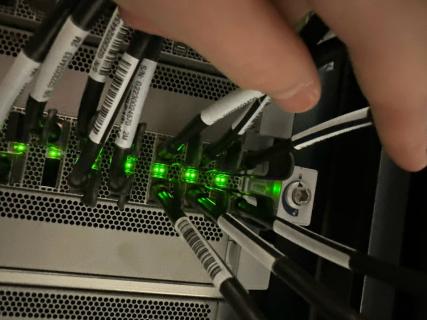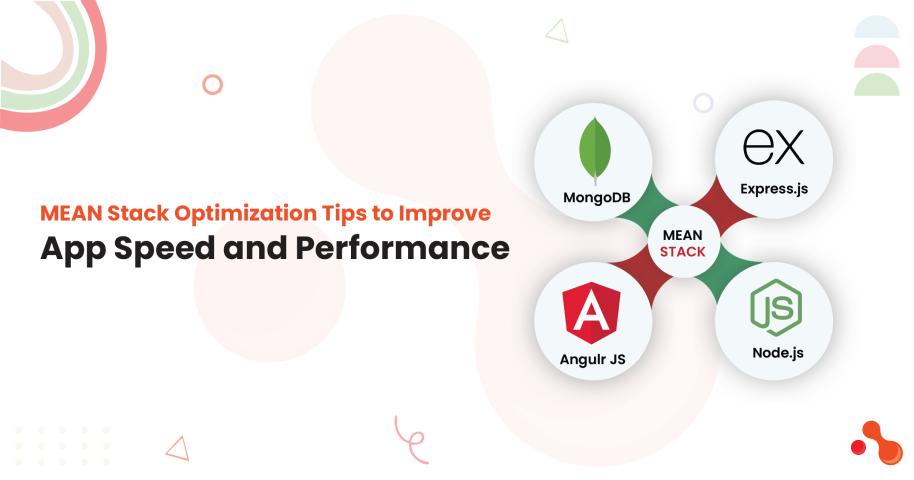What is Rack and Stack in a Data Center?
The term "rack and stack" in a data center refers to the process of physically installing, configuring, and arranging IT equipment—such as servers, networking hardware, and storage devices—within server racks.
This practice is fundamental for optimizing space, ensuring proper airflow, and maintaining organized cable management, which in turn enhances the overall efficiency and reliability of the data center.
Why is Rack and Stack Important?
Space Optimization:
Properly racking and stacking equipment maximizes the use of available space within the data center. This is crucial for both small and large data centers to accommodate more hardware without needing additional physical space.
Cooling Efficiency:
Organized equipment ensures that airflow is unobstructed, which is essential for cooling. Overheating can lead to hardware failures, and efficient cooling helps prevent this.
Cable Management:
Effective rack and stack practices include organized cabling. This not only makes maintenance easier but also reduces the risk of cable damage and connectivity issues.
Scalability:
A well-organized data center is easier to expand. Additional equipment can be integrated smoothly without disrupting the existing setup.
Steps Involved in Rack and Stack
Planning: Before installing any equipment, it's important to plan the layout. This includes determining the position of each rack, considering airflow, and ensuring power supply accessibility.
Racking:
This involves physically placing servers and other equipment into the racks. Proper alignment and secure mounting are crucial to prevent any movement or damage.
Stacking:
Once the equipment is racked, stacking involves connecting the hardware through cabling and configuring network connections. This step ensures that all devices can communicate effectively.
Testing:
After installation and configuration, thorough testing is conducted to ensure that everything is functioning as expected. This includes checking power supplies, network connectivity, and cooling systems.
Benefits of Professional Rack and Stack Services
While some organizations might handle rack and stack internally, there are significant benefits to using professional services. Experts bring experience and efficiency, reducing the risk of installation errors and ensuring optimal performance from the start.
Why Choose Reboot Monkey for Rack and Stack Services?
Reboot Monkey specializes in providing top-notch data center solutions, including expert rack and stack services. Here’s why you should consider Reboot Monkey for your data center needs:
Expertise:
The Reboot Monkey team consists of highly trained professionals with extensive experience in data center installations. They ensure your equipment is installed correctly and efficiently.
Efficiency:
Professional services save you time. Reboot Monkey's experts can complete the rack and stack process quickly, minimizing downtime and allowing your data center to be up and running faster.
Customization:
Reboot Monkey offers tailored solutions to meet your specific requirements. Whether you have a small server room or a large data center, they can adapt their services to fit your needs.
Reliability:
With Reboot Monkey, you can trust that your data center is in good hands. They prioritize quality and reliability, ensuring your equipment is set up for optimal performance.
Conclusion
Rack and stack is a crucial aspect of data center management, impacting space optimization, cooling efficiency, cable management, and scalability. While it’s possible to handle this internally, professional services like those offered by Reboot Monkey bring expertise, efficiency, and reliability to the process.
If you’re looking to optimize your data center’s performance, consider Reboot Monkey’s rack and stack services. Their professional team ensures your equipment is installed correctly and efficiently, setting your data center up for success.
Visit Reboot Monkey to learn more about their comprehensive data center solutions.
















